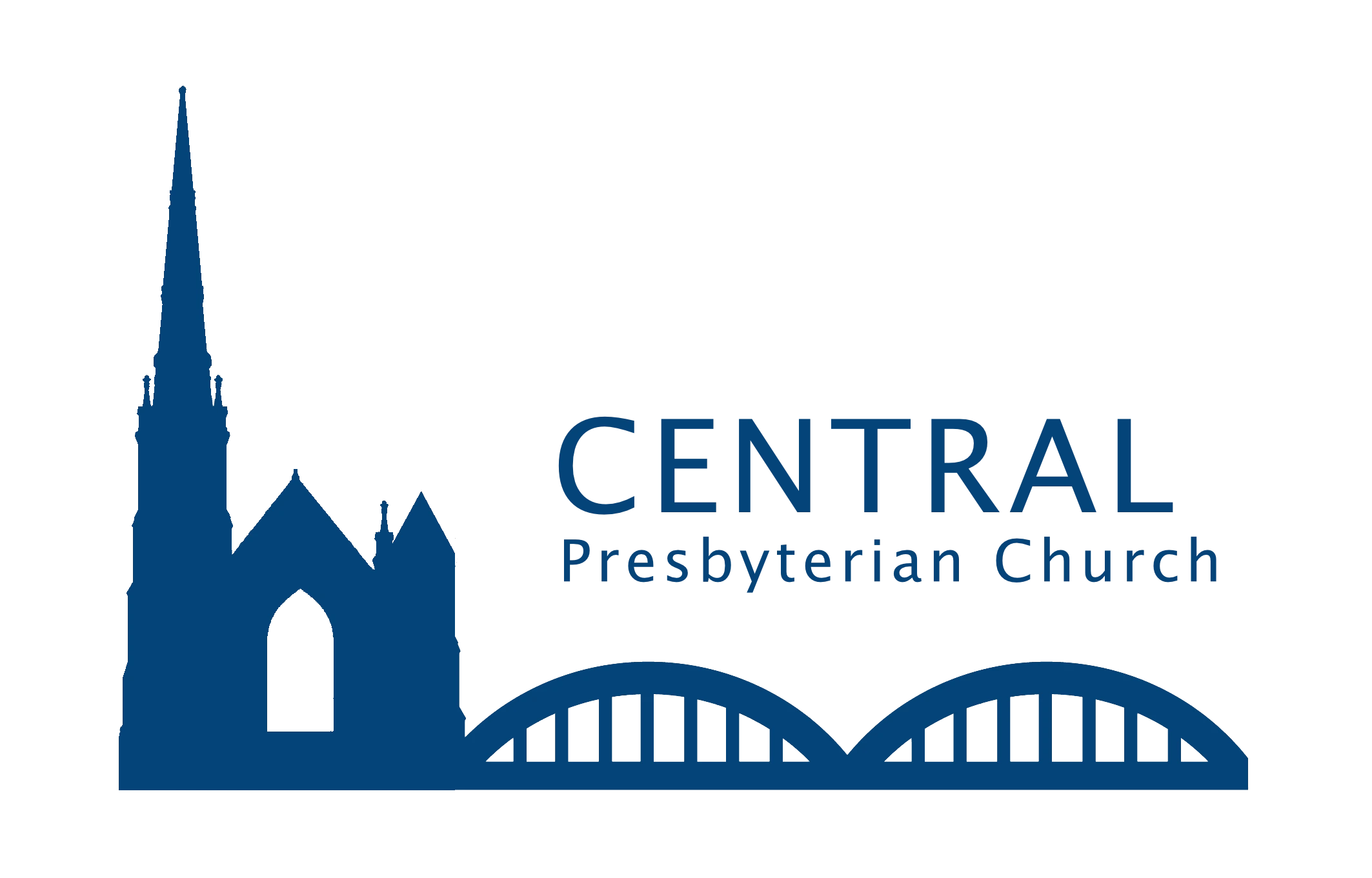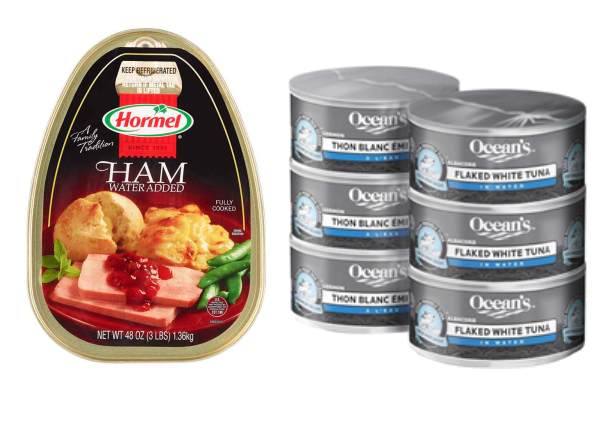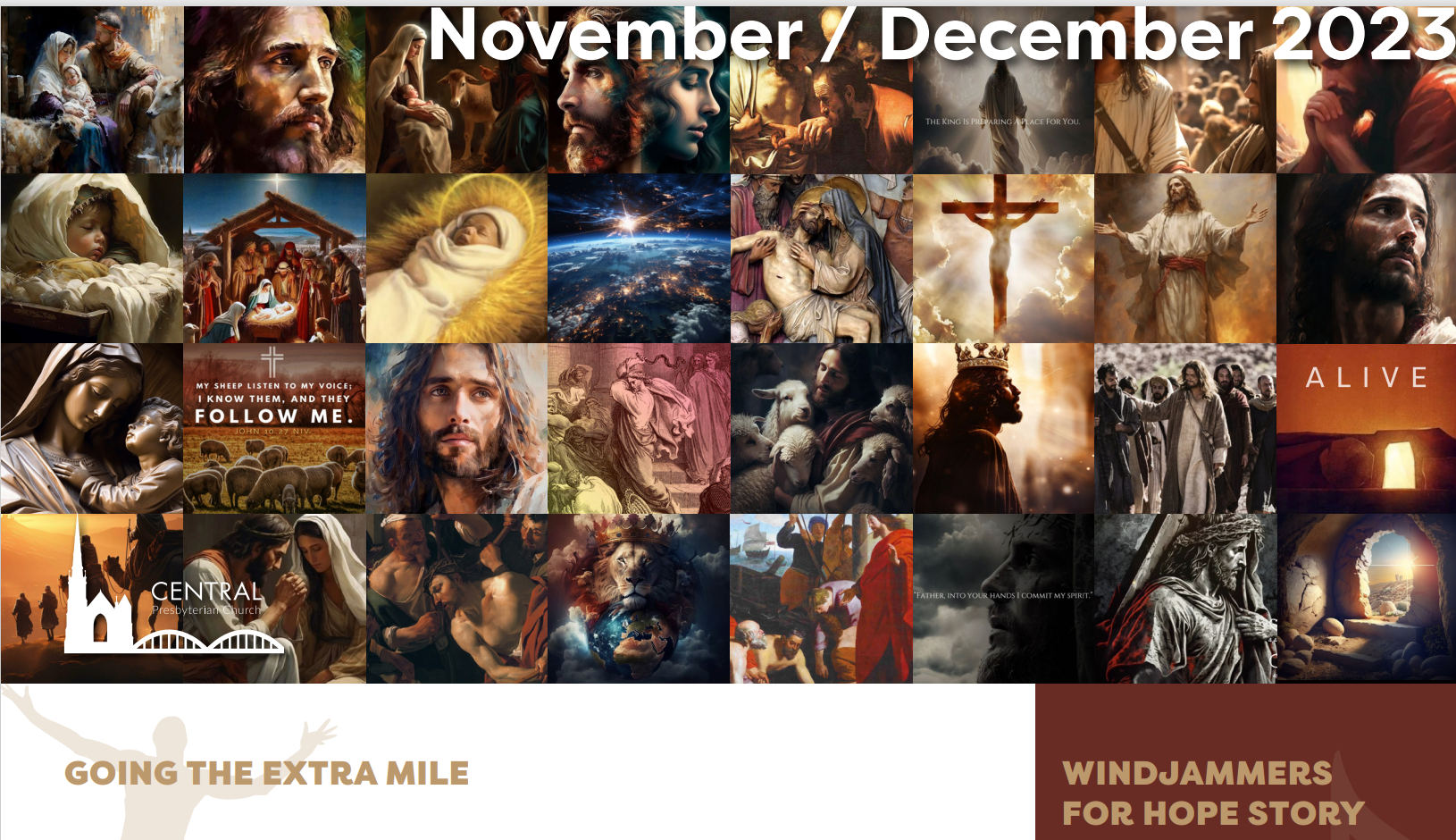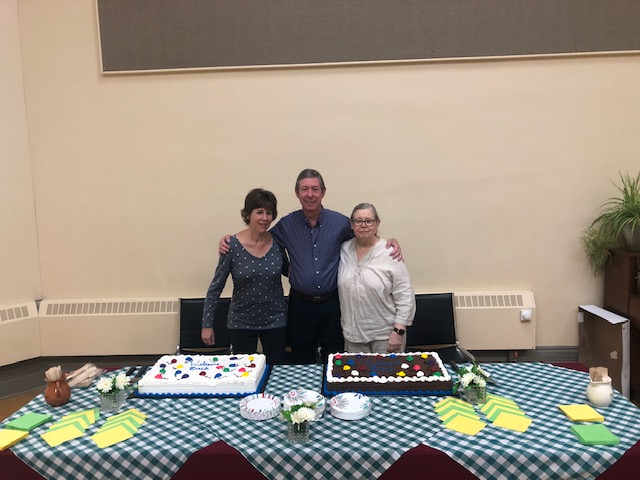Upcoming Events
News
Upcoming Events
News
Restore the Roof
For more that 140 years, families in Cambridge have worshiped and celebrated in this historic building.
In response to a thorough engineering investigation, it is critical that we repair the roof, remortar the masonry, and reinforce the infrastructure.
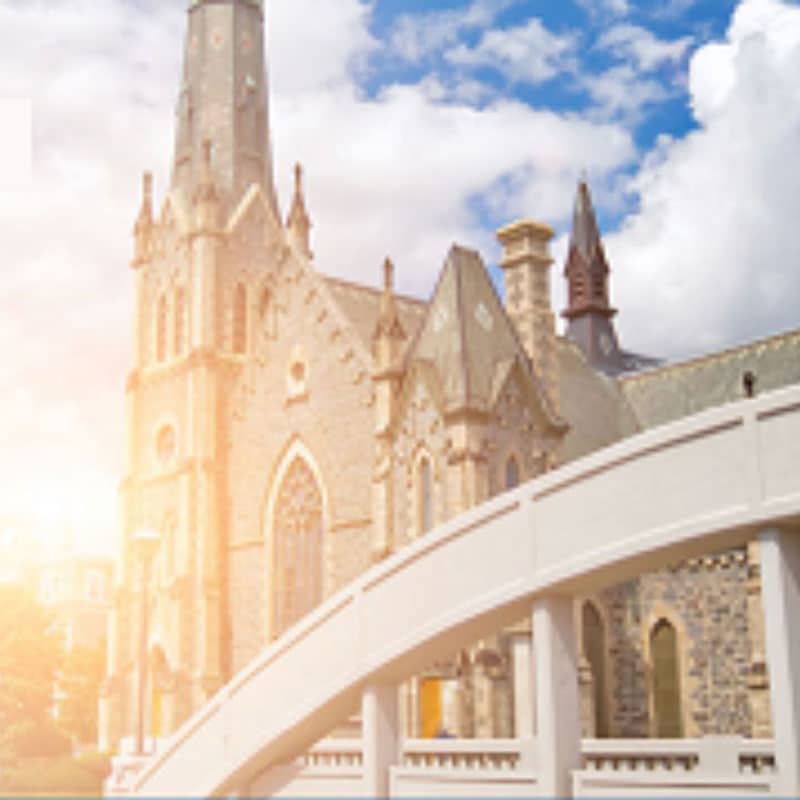

Get Involved
Central is a place where you can get your hands dirty, where you can serve, where you can work to make a positive difference in our world.
If you have a willing heart and willing hands, you have everything you need to help us make a difference.
“faith, hope and love. But the greatest of these is love.” – 1 Corinthians 13:13
Our Mission is to Make a Difference
Christianity is a very practical faith. Done right, it’s about making a difference. We’re at work, making a difference in our community and our World.
Our mission at Rachel’s Home supports children orphaned by HIV. In Guatemala, we support the work our friends, the Ortiz family, in their efforts to build community. At home, we support many organizations including the Cambridge Self Help Food Bank.

